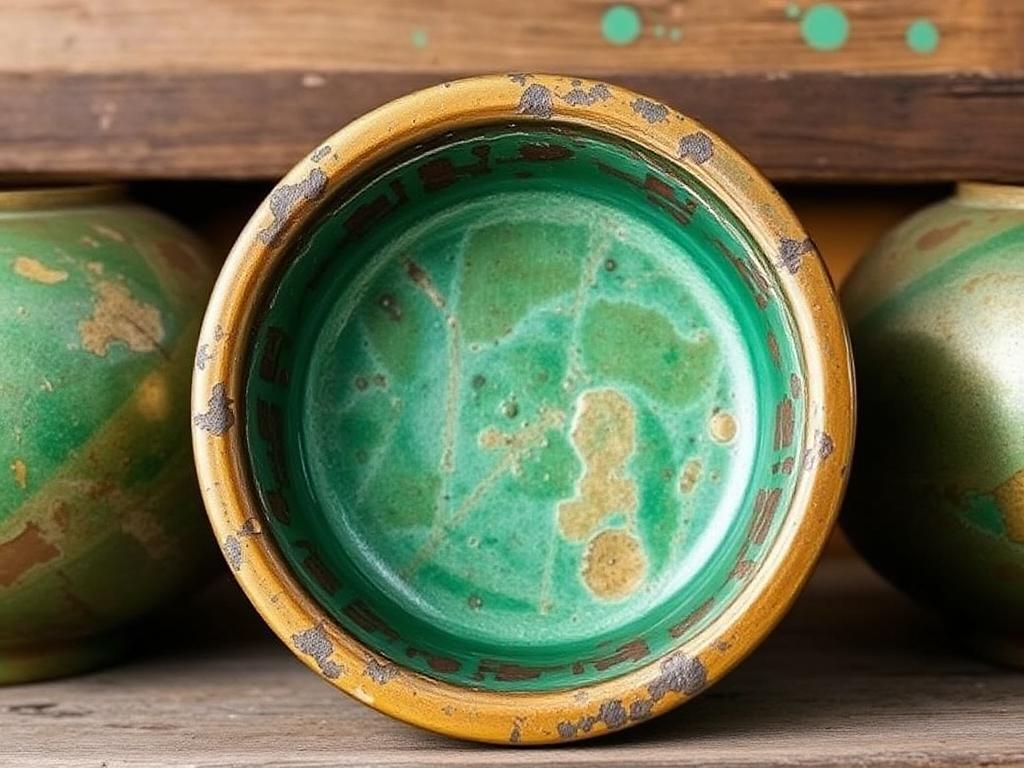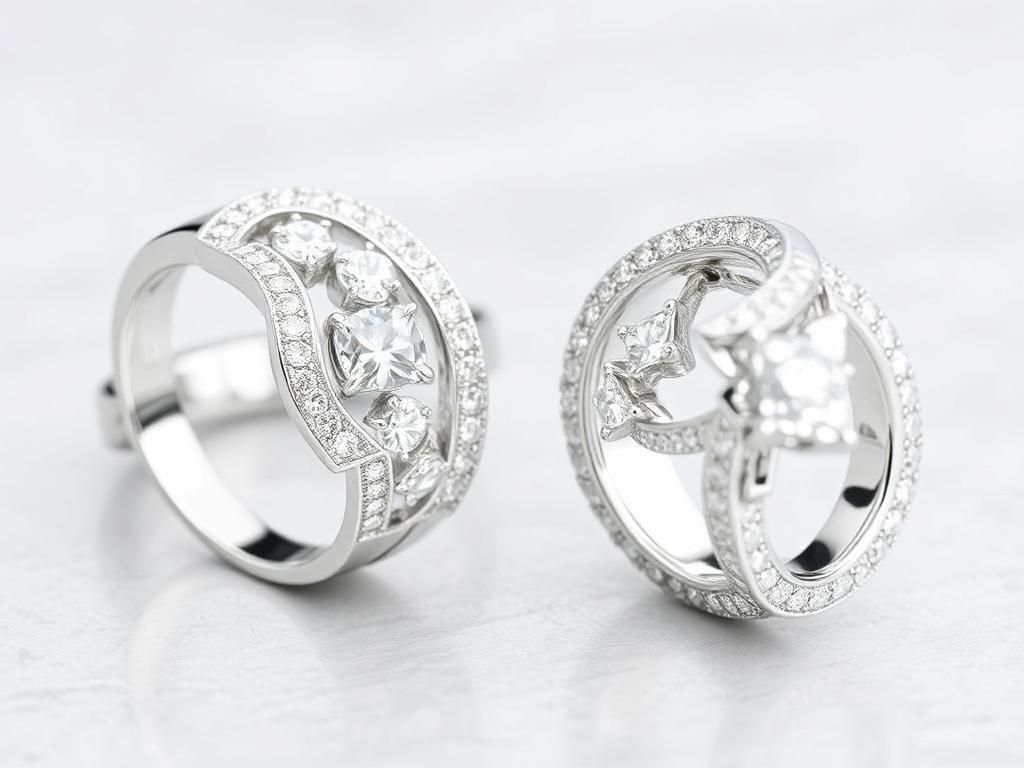Brass, a popular and versatile metal, is widely appreciated for its strength, acoustic properties, and aesthetic appeal. This alloy, primarily composed of copper and zinc, finds its way into numerous applications such as plumbing fixtures, musical instruments, and decorative items. Over time, however, brass can lose its shine and develop a tarnished appearance, prompting many to ask: does brass tarnish green? Understanding tarnishing—especially the unique green patina—requires delving into the science of the material itself.
Understanding Brass
Composition of Brass
Brass is primarily an alloy of copper and zinc, which may also include small proportions of other elements such as lead, tin, or nickel for enhanced properties. The typical brass composition might consist of about 60% copper and 40% zinc, although the ratios can vary to achieve specific hardness or malleability. The presence of these additional elements helps improve machinability, corrosion resistance, and surface finish.
Characteristics of Brass
Brass presents a unique blend of properties that makes it highly sought after:
– **Appearance and Luster**: Brass is well-known for its distinctive golden luster and attractive finish, often used in decorative applications.
– **Durability and Corrosion Resistance**: It exhibits good mechanical properties, making it a durable option suitable for various environments.
– **Uses in Various Industries**: Brass plays a crucial role in multiple sectors, from the production of musical instruments to plumbing fixtures, electrical components, and decorative items.
What is Tarnishing?
Definition of Tarnishing
Tarnishing is a chemical reaction that alters the surface of metals like brass. It typically occurs when metals react with sulfur, oxygen, or moisture in the air, forming a layer of corrosion. To clarify, tarnishing differs from corrosion and oxidation: while corrosion may result in material loss, tarnishing primarily modifies the metal’s appearance without necessarily compromising its structural integrity.
Causes of Tarnishing
Several factors can lead to tarnishing, including:
– **Environmental Factors**: Conditions such as humidity and air pollution can accelerate tarnishing processes.
– **Contact with Skin or Other Materials**: Natural oils and salts from human skin can contribute to tarnishing when brass items are frequently handled.
– **Chemical Exposure**: Harsh cleaning agents, acidic substances, or certain environmental chemicals can lead to the deterioration of brass.
The Color of Tarnish on Brass
Common Colors of Brass Tarnish
As brass tarnishes, it may develop various discolorations. Common hues include yellowish or brown tarnish due to oxidation and, notably, the green tarnish that raises questions among many owners of brass items. The green patina often signifies a longer-lasting exposure to elements that promote corrosion.
The Science behind Green Tarnish
The formation of green tarnish, often seen on brass surfaces, is primarily due to the oxidation of copper content in the alloy, leading to a green patina called verdigris. This phenomenon results from several chemical reactions, including the formation of:
– **Copper Carbonate**: This compound often forms from copper reacting with carbon dioxide and moisture.
– **Copper Sulfate**: This is another potential product when copper reacts with sulfur compounds in the environment.
Moisture and air play vital roles in enhancing the tarnishing process, creating an environment conducive to these chemical reactions.
Factors Influencing Brass Tarnishing
Environmental Factors
Humidity levels and exposure to the natural elements can significantly influence the rate of brass tarnishing. High humidity can promote moisture accumulation on brass surfaces, which in turn elevates the possibility of green tarnish formation.
Chemical Factors
– **Interaction with Other Metals**: Brass often comes into contact with different metals, potentially creating galvanic corrosion, which can hasten tarnishing.
– **Contact with Corrosive Substances**: Exposure to corrosive materials such as chlorine, acids, or salts can drastically accelerate the tarnishing process on brass.
Maintenance and Care
Regular maintenance can help minimize tarnishing. Strategies include:
– **Regular Cleaning and Polishing**: Gently buffing brass items can help maintain their luster and remove tarnish.
– **Protective Coatings**: Applying lacquer or wax can form a barrier against tarnishing agents, thereby preserving the integrity of brass surfaces.
Preventing and Treating Green Tarnish
Prevention Tips
To avoid the development of unsightly green tarnish, consider the following:
– **Best Practices for Storing Brass Items**: Proper storage in a controlled environment can significantly reduce tarnishing. Consider using silica gel packs in storage cases to manage moisture.
– **Environmental Control Measures**: Using dehumidifiers in areas where brass items are displayed can help limit moisture exposure.
Cleaning Techniques
Cleaning brass tarnish effectively requires the right approach:
– **Safe Cleaning Products and Methods**: Opt for pH-balanced cleaners specifically designed for metal. Avoid abrasive materials that can scratch the surface.
– **Home Remedies for Removing Tarnish**: Simple mixtures such as lemon juice and baking soda or vinegar can be effective in treating tarnish.
– **Professional Restoration Services**: For heavily tarnished or otherwise damaged brass objects, consulting restoration experts might be necessary for an effective clean-up.
| Factor | Impact on Tarnishing |
|---|---|
| Humidity | Increased tarnishing due to moisture |
| Exposure to Elements | Accelerated corrosion and tarnish formation |
| Contact with Other Metals | Potential for galvanic corrosion |
| Chemical Exposure | Rapid deterioration of brass surfaces |
| Maintenance Practices | Influences the longevity and appearance of brass |
FAQ Section
1. Does brass always tarnish green?
No, brass can tarnish in various colors, including yellow, brown, and green.
2. What can I do to prevent brass from tarnishing?
Store brass in dry environments, clean it regularly, and consider applying protective coatings.
3. How do I clean green tarnish off brass?
Use a mixture of vinegar and baking soda or a specialized brass cleaner for effective results.
4. Is green tarnish harmful to brass?
While green tarnish itself is not harmful, excessive tarnishing can lead to corrosion and material loss over time.
5. How often should I clean my brass items?
Cleaning frequency will vary depending on environmental conditions, but general maintenance every few months is advisable.
6. Can I restore heavily tarnished brass at home?
Yes, many home remedies can effectively restore tarnished brass items, though deep damage may require professional restoration.
7. Is it necessary to polish brass?
Polishing can enhance the appearance of brass and remove tarnish, but over-polishing may wear down the surface.
8. What environmental factors promote brass tarnishing?
High humidity, air pollution, and contact with corrosive substances contribute significantly to tarnishing.
9. Can brass be lacquered to prevent tarnishing?
Yes, applying lacquer creates a protective layer on brass, significantly reducing the tarnishing process.
10. Are there any specific products recommended for brass care?
Many commercial brass cleaners are available, and natural options like lemon juice or vinegar can also be effective.
By understanding how and why brass tarnishes green, owners can take effective steps to maintain their items, preserving their beauty and value over time. Sharing experiences with brass upkeep helps others navigate similar challenges, creating a community of care for these lovely metal objects.


